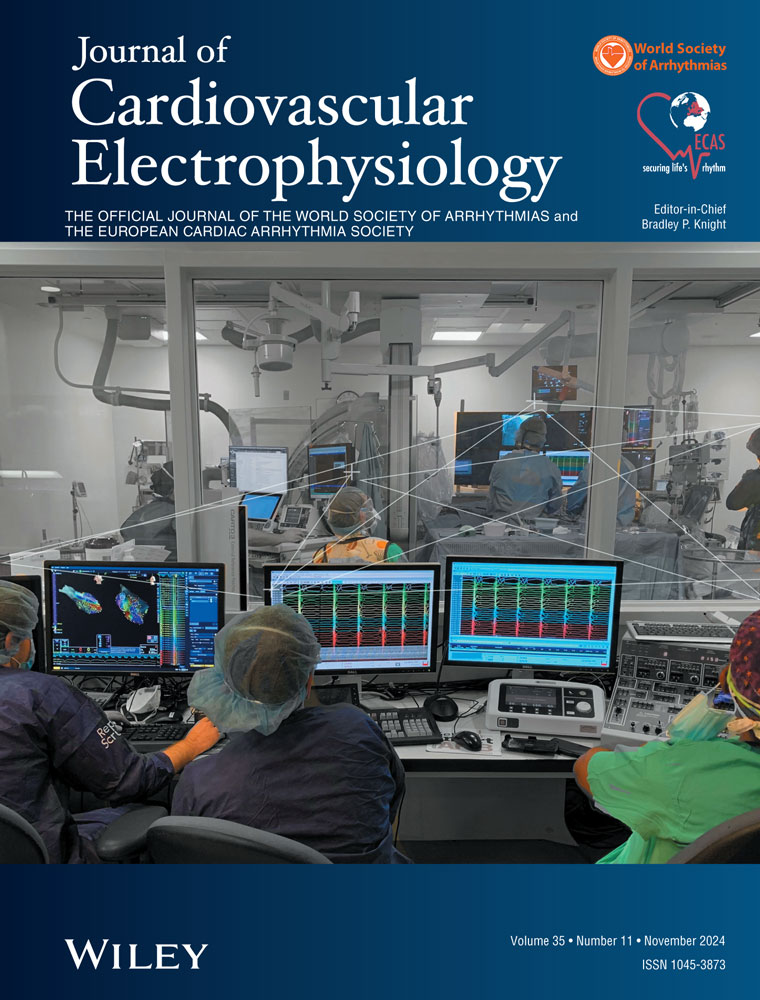Combined approach of high-power and very high-power, short-duration ablation in superior vena cava isolation
Disclosures: None.
Abstract
Introduction
The effectiveness and safety of 50 W, high-power, short-duration (HPSD) ablation in superior vena cava isolation (SVCI) for patients with atrial fibrillation (AF) have been reported. However, the acute outcomes of SVCI combined with 90 W/4 s, very high-power, short-duration (vHPSD) ablation remain unknown. In this study, we aimed to investigate a novel approach that combines 50 W-HPSD and 90 W/4 s-vHPSD ablation in SVCI and to elucidate the characteristics, outcomes, and safety of this approach by comparing SVCI with conventional ablation index (AI)-guided middle-power, middle-duration (MPMD) ablation.
Methods
Overall, 126 patients who underwent AF ablation with SVCI using the QDOT MICROTM catheter were retrospectively reviewed; one group underwent SVCI with a combined approach of HPSD and vHPSD ablation (50 W/90 W group, n = 73) and another group underwent AI-guided MPMD ablation (30–40 W group, n = 53). This study compared the procedural details, radiofrequency (RF) ablation profiles, and complications. The RF settings used in the 50 W/90 W group were 50 W/7 s for the lateral segment close to the phrenic nerve and 90 W/4 s for the nonlateral segment.
Results
The 50 W/90 W group required a significantly shorter procedural time (3.2 vs. 5.9 min, p < .001), shorter RF duration (42.0 vs. 162.0 s, p < .001), and lower RF energy (2834 vs. 5480 J, p < .001) than the 30–40 W group. Procedural success, first-pass SVCI, number of RF applications, and SVC reconnection after isoproterenol loading were comparable between the groups. The maximum tip-electrode temperature of the multi-thermocouple system was significantly higher in the 50 W/90 W group than in the 30–40 W group (50.0°C vs. 47.0°C, p < .001). No complications, such as phrenic nerve injury or bleeding requiring transfusion, were observed in either group.
Conclusions
The combined approach of 50 W/7 s-HPSD and 90 W/4 s-vHPSD ablation resulted in successful and safe SVCI with shorter procedural time, shorter RF duration, and lower RF energy.
CONFLICT OF INTEREST STATEMENT
The authors declare no conflicts of interest.
Open Research
DATA AVAILABILITY STATEMENT
The data that support the findings of this study are available on request from the corresponding author. The data are not publicly available due to privacy or ethical restrictions. The data supporting the findings of this study are available from the corresponding author, Toshio Makita, upon reasonable request.




